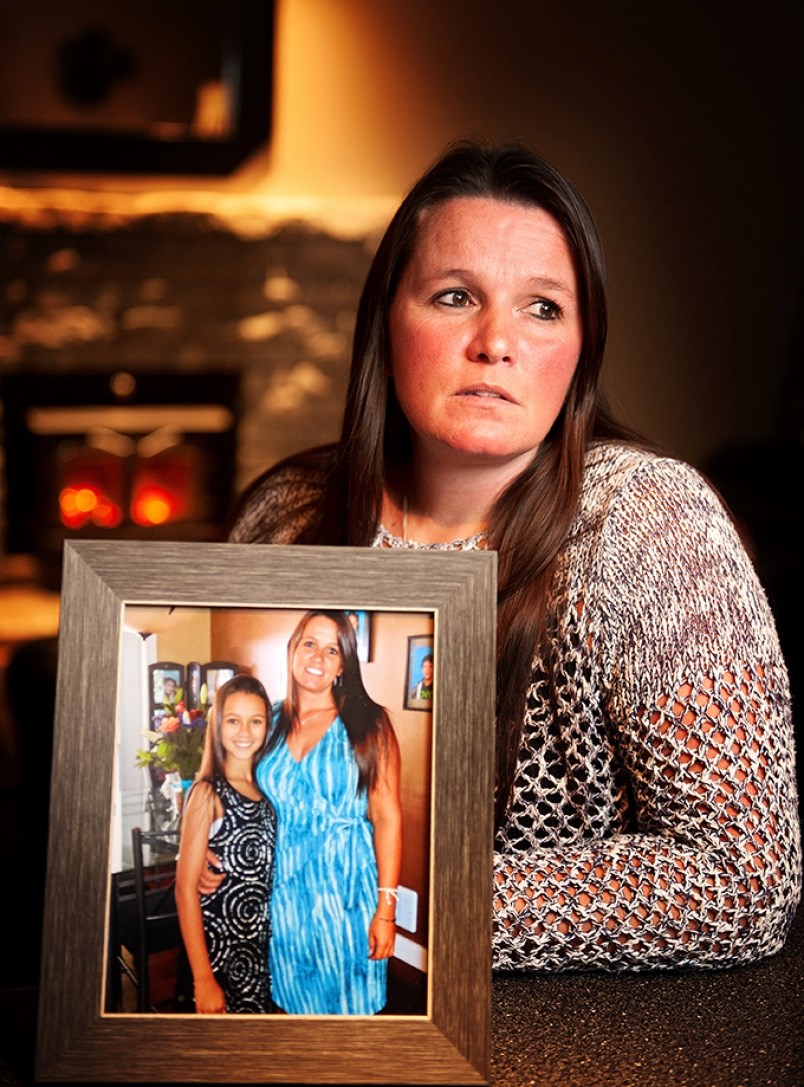It has been one year since Squamish’s Steffanie Lawrence died of a fentanyl overdose. She was 15 years old.
Her family and friends, of course, are not over losing her. They likely never will be.
She was neither the first nor, sadly, the last local to die from a fentanyl overdose.
It would be such a movie ending to be able to say that since her death on Jan. 22, 2018, things have dramatically changed; to say that the awareness and the advocacy around her death have made a dent in the opioid crisis or policy around it.
But that isn’t the case.
There were 120 suspected drug overdose deaths in this province in November — an increase of nine per cent over October and a 13 per cent increase over November 2017, according to the BC Coroners Service.
More than 70 per cent of those who died in 2018 were aged 30 to 59.
Men accounted for 80 per cent of all those suspected illicit drug overdose deaths. Most deaths happened in a home.
Fentanyl was detected — alone or in combination with other drugs — in approximately 85 per cent of 2018 deaths.
There are close to 1,400 families in B.C., including several in Squamish, who are living through the anniversaries of their loved one’s death, as well as through the first year of birthdays and holidays without that person.
Think of that number — 1,400. That is the equivalent of losing, over the period of a year, the entire student body of Quest University and that of two elementary schools.
And to put the number into further context, on average 300 people die a year in vehicle accidents on public roads in B.C.
Stop harping on this, some readers may say.
No.
We have written 12 stories about Steffanie or her family’s advocacy since her death and even more about the opioid crisis.
Whatever we are doing as citizens, governments, media, law enforcement, families — it isn’t working.
We will keep writing about this issue to acknowledge those families in town who are suffering the loss of a loved one due to overdose. And to acknowledge the impact on our paramedics and other first responders for whom the crisis is a reality on far too many shifts.
We will write to acknowledge those who are living with someone who survived an OD, but who is diminished either physically or mentally by the trauma.
We will keep writing in the hopes that one Squamish person will read an article and then pick up a Naloxone kit, just in case, or will start a conversation around the dinner table that night about harm reduction.
Our call to action is to speak about this crisis in your homes, classrooms, and workplaces. Brainstorm. If you have solutions, write to municipal leaders, our MLA and MP.
If you don’t have a clue where to start, check out this short video, Painkiller: Inside the Opioid Crisis. It is a Telus Health documentary that gives a succinct overview of the issues at play and how we got here.



